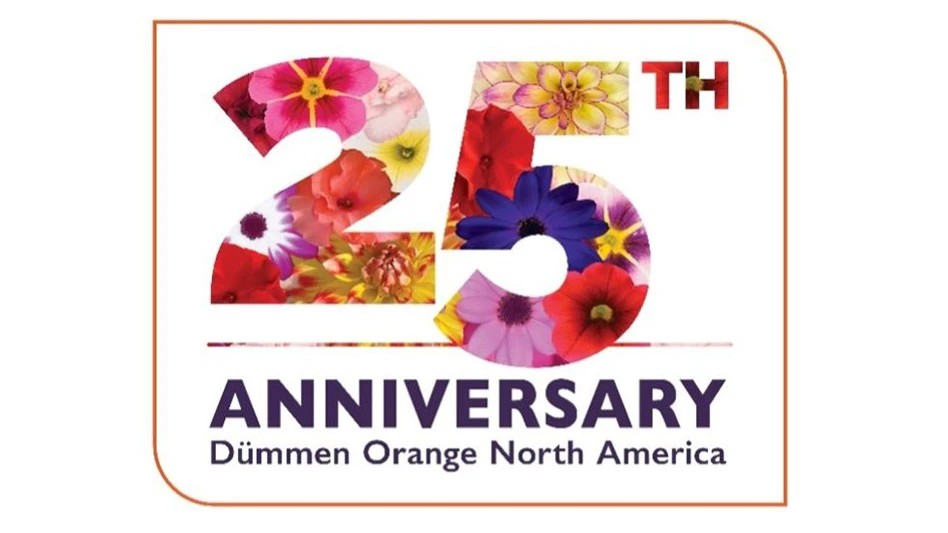

Endless confusion hydrangea? Perpetual perplexity rose? Branded plants dominate the new plant market and are based on plant patent and trademark laws. Understanding how these laws are used provides clarity and direction for growers to navigate the current market conditions created by plant patent and trademark rules.
Plant patents have been around since 1930. The first plant patent issued in the U.S. was Rosa New Dawn, filed on Aug. 6, 1930 and granted Aug. 18, 1931. Trademark law has been around since 1870 with a 1946 amendment constituting most of the trademark rules we use today. Patent law allows inventors to protect their invention for 20 years from date of application. This protection is related to the plant itself and is sometimes referred to as the genetics. Trademark Law is used to protect marketing names and symbols.
Trademarks can be renewed indefinitely. Combined, these rules allow a very long arc of control for the patent and trademark holder. There is a multitude of mind-blistering layers of international laws underpinning patents and trademarks around the globe. (For nighttime reading check out upov.int) The purpose of this article is explaining the patent and trademark environment to educate growers and retailers for optimal planning and decision-making.
To begin, let’s define breeders and brands. It is a simplification to divide the complexity of relationships that exist in the industry into breeders and brands, but generally it describes the industry satisfactorily. Breeders range from enthusiasts who live in rubber boots to scientists irradiating seeds to spur novel traits. They develop new patent and trademark plants, and sometimes market these directly to growers. Breeders also may hire agents to handle their marketing and royalty collection.
Alternatively, brands assemble a roster of patent- and trademark-protected plants and develop a fee collection mechanism that fuels a sophisticated marketing machine. To develop their plant roster, brands may employ breeders or contract the rights to plants from independent breeders.
So, what does this mean?
Currently, brands drive the retail market in terms of new plants. (Brand marketing targets retailers as well as end consumers.) As always, growers and retailers must hunt for new plants to offer their customers. However, carefully gauging your customers’ desire for branded items is more important. Growing and selling branded plants entail complexity: there are rules concerning pots and tags and conditions under which (if any) growers are permitted to self-propagate.
Higher levels of investment are required. Matching production targets with demand becomes increasingly important when input costs increase, and production flexibility decreases under a brand production regime. Good customer communication, along with early order incentives and larger minimum quantities are strategies to reduce risk. The sophisticated marketing machine takes fuel. The marketing fees, royalty collection and reporting all consume resources.
Growers may wonder why they should grow for brands. The power of brand marketing is real. Higher selling prices are realized for branded plants compared to similar unbranded plants. The opportunity to do the same amount of work and earn a better return is real. However, growers should embrace brands cautiously and continue to produce unpatented and untrademarked plants. For example, a friend in charge of a five-location garden center company told me his top hydrangea at retail was Annabelle. In ornamental grass, the top sellers were almost all generic. (Can you say Karl Foerster?) In perennials, a large grower described the split as 60% patented and trademarked to 40% generic by both volume and dollar value.
So, growers and retailers continue to rely on legacy varieties that have been in the marketplace for many years for a significant amount of their income.
The brands are also approaching an interesting phase — maturity. Some popular plants in brands are approaching the end of patent. Once this occurs, growers will be able to propagate these plants without restriction. The trademark name will still exist and using it without permission will be illegal. It remains to be seen what strategy the brands will use to manage this situation. The future holds more in this department. We will see more breeders and more protected plants. The question is, how will you turn this aspect of the industry to your advantage?

Explore the February 2020 Issue
Check out more from this issue and find your next story to read.
Latest from Garden Center
- Society of American Florists accepting entries for 2025 Marketer of the Year Contest
- Sustainabloom launches Wholesale Nickel Program to support floriculture sustainability
- American Horticultural Society welcomes five new board members
- Color Orchids acquires Floricultura Pacific, becoming largest orchid supplier in U.S.
- American Floral Endowment establishes Demaree Family Floriculture Advancement Fund
- The Growth Industry Episode 3: Across the Pond with Neville Stein
- Proven Winners offers Certified Garden Center Training for staff education
- Digging In Association hosts inaugural Platinum Trowel Awards at winter conference






